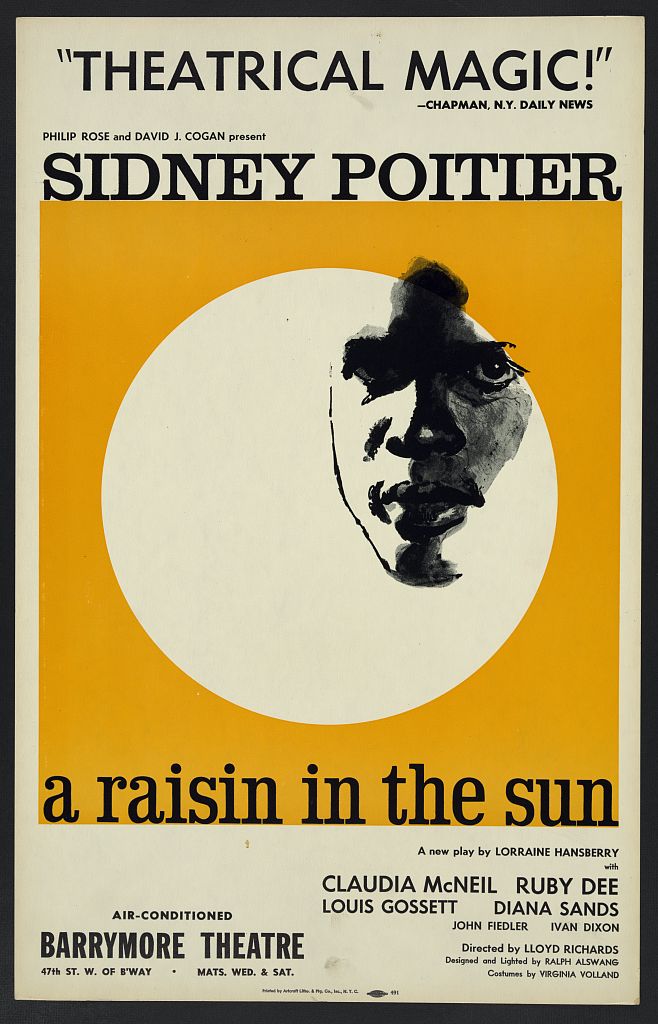
Tricia Rose: Hansberry’s A Raisin in the Sun and the ‘Illegible’ Politics of (Inter)personal Justice
“Hansberry’s entire play, but especially its dramatic resolution, illuminates the significant role of interpersonal relationships in negotiating, fending off, and challenging structural oppression and the distorted worldview and despair it cultivates. Hansberry consistently seems to argue that political possibility and perceptions of impossibility are nurtured or starved in the intimate and interpersonal sphere among those who encourage us to choose how to respond to the psychic and emotional violence wrought by structural oppression.
Hansberry’s Raisin is a deeply political play, but its domestic setting rendered it vulnerable to the normalized sexist political reasoning that devalues domesticity, which likely obscured a core facet of its political vision. Despite the fact that nearly all so-called public-sphere assaults on Black citizenship and normalcy relied (and continue to rely) on the pathologization of Black private-sphere relations, gendered identities, family, and cultural formations, many analysts located the real politics of Raisin solely in the public sphere matter of desegregating housing. For them, Hansberry’s dramatic depiction of combating housing segregation was unfortunately located in a domicile.
For Hansberry—and many feminist thinkers and artists—the home, literally and metaphorically, is a crucial locus for the development and nurturance of political possibility itself; it is an anchor for emergent political consciousness, community vision, and survival. In short, the Youngers’ apartment is at the political heart of the play.” (32)
Theatrical poster for the 1959 Brodway presentation of A Raisin in the Sun by Lorraine Hansberry at the Barrymore Theater.